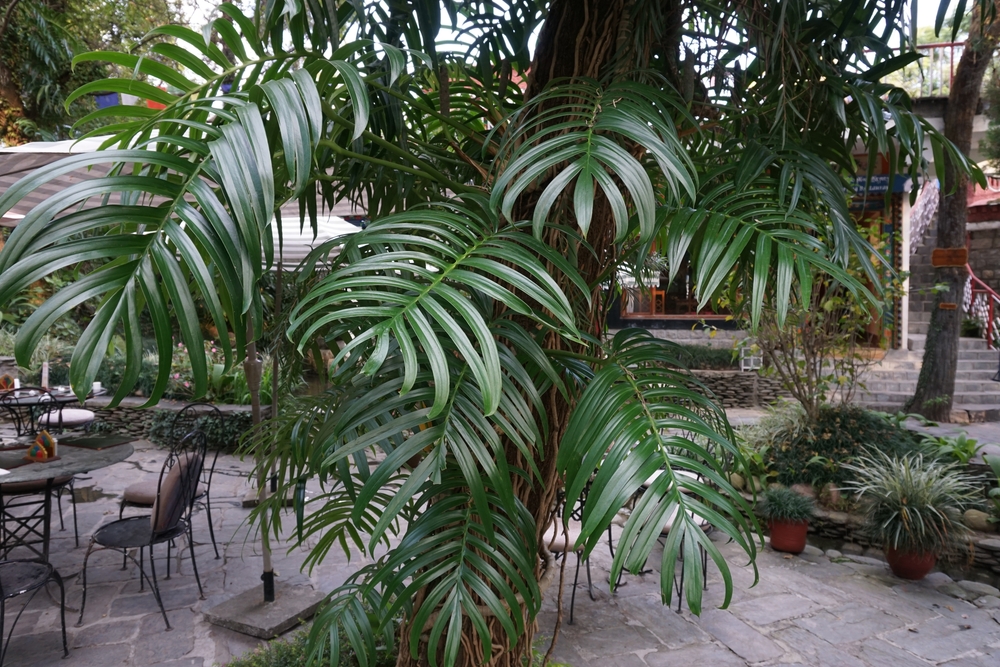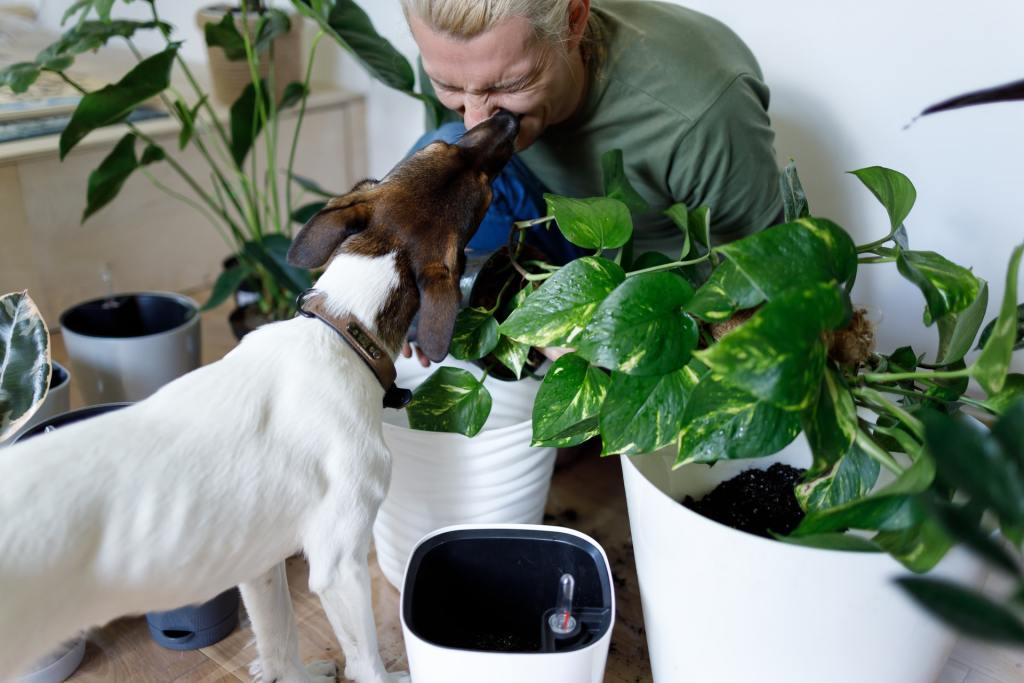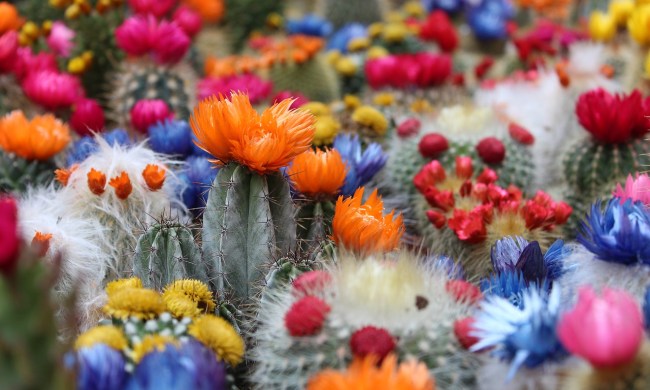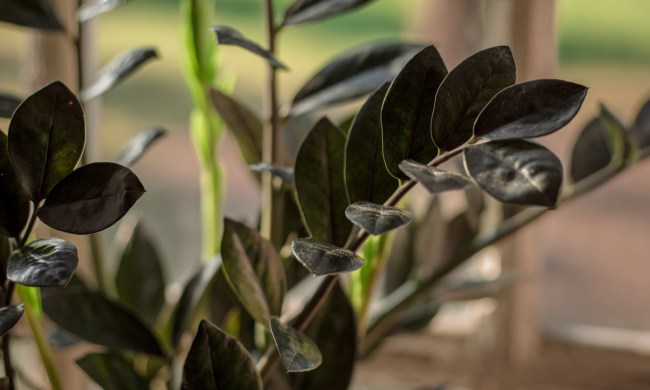When you’re bringing that brand new plant home, the excitement might subside for a moment when you realize you’ll have to now try and keep your new plant baby alive. But, fear not; we have the complete guide to caring for your new rhaphidophora decursiva.

What is a rhaphidophora decursiva?
Native to the tropical forests of India and Southeast Asia, in the Himalayan foothills lives a gorgeous plant called rhaphidophora decursiva. The leaves can grow up to 40 inches long and 20 inches wide in the wild. The plant can be 40 feet in length when in its natural habitat; however, it doesn’t typically get more than 5 feet tall when grown indoors. The leaves have a unique feature that causes them to “split” or create lobes, which gives the plant an elegant look. A unique and fascinating fact about this plant is how it germinates. These plants germinate midair in the branches of trees, then land on a tree, grow their roots along the trunk, and reach up toward the sunlight above. It attaches to the host tree using strong aerial roots, which also makes them great vining plants in our homes.
If you’re worried about the care for this luxurious-looking plant, worry no more. This is a low-maintenance plant and has similar needs to the monstera deliciosa. If you’ve ever owned one of those and successfully grown it in your home, you’re sure to have no problem caring for a rhaphidophora decursiva.
How to care for a Rhaphidophora decursiva
Here is everything you need to know to grow the rhaphidophora decursiva in your home successfully.
Water
When the top few inches of the soil are dry, it’s time to water your rhaphidophora decursiva. These plants need a lot of air for their roots, so be sure to pot them up in well-draining and light soil. You’ll also want to avoid overwatering them. The best way to prevent this catastrophe is by investing in a moisture meter. These devices can accurately read the amount of water in the soil and let you know when it’s time to water the plant. The best part about moisture meters is their ability to reach further into the soil than our fingers. However, if you don’t have one, the finger method will work fine too.
Another aspect of the watering is the cleaning of its leaves. This plant’s leaves can get huge when fully grown, and all that surface area collects dust. Just like a solar panel, the dust on the leaves will inhibit the plant’s ability to photosynthesize. To protect the plant from this, you can wipe the leaves down with a damp cloth or take it into the shower and give it a good rinse down. The shower method also provides it with a boost of humidity. We recommend doing this once a month.
Light
A shady corner or a window with bright filtered light will keep the rhaphidophora decursiva happy. Avoid direct sunlight, though, as this will burn the plant’s leaves.
Food
Feed your rhaphidophora decursiva once a month during the spring, summer, and fall months with a balanced fertilizer. Do not feed it during winter since the plant is not growing and extra fertilizer will harm it.
Temperature
The average temperatures of our homes are perfect for the rhaphidophora decursiva. Just be sure you avoid placing it near a vent or a drafty window or door.
Humidity
Although the rhaphidophora decursiva would prefer a higher humidity percentage, it will still grow in 40 to 45 percent humidity. But if you can provide 50 or even 60 percent, you might be able to grow your plant faster and healthier.

Toxicity
Unfortunately, the sap of this plant contains a toxin called sodium oxalate, which is basically tiny shards of glass. These shards irritate the lips, mouth, throat, and intestines when ingested. To avoid these unpleasant symptoms, place your rhaphidophora decursiva in a location where pets and tiny humans can’t take a curious bite and always wear gloves when handling the plant.
Common issues
Some plants don’t mind being root bound, but this is not one of those plants. The rhaphidophora decursiva will immediately begin growing smaller leaves as soon as it becomes root-bound. So when potting this gorgeous plant, be sure to invest in a larger pot than you think you might need.
Additional care
Take advantage of this climbing and vining plant and grow it up a moss pole! This will replicate its natural environment and enable it to thrive in your home. It also creates a stunning display and could be the perfect centerpiece for your plant collection.
Don’t be shy and add this fantastic plant to your collection. Don’t let it get root bound; keep its leaves clean, and enjoy the largeness of this amazing plant.


